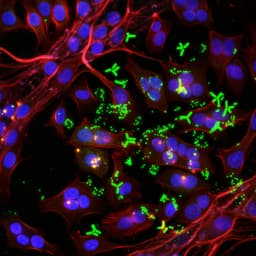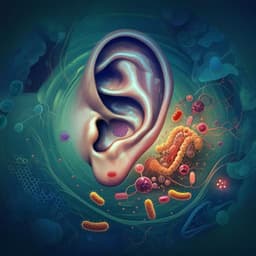
Medicine and Health
New liposidomycin congeners produced by *Streptomyces* sp. TMPU-20A065, anti-*Mycobacterium avium* complex agents with therapeutic efficacy in a silkworm infection model
A. Yagi, M. Fujiwara, et al.
Discover the potential of new liposidomycin congeners as anti-*Mycobacterium avium* complex agents! Researchers Akiho Yagi, Mayu Fujiwara, Mayu Sato, Yuzu Abe, and Ryuji Uchida have isolated three novel compounds, revealing exciting in vitro activities and promising therapeutic effects in a silkworm infection model.
~3 min • Beginner • English
Related Publications
Explore these studies to deepen your understanding of the subject.







